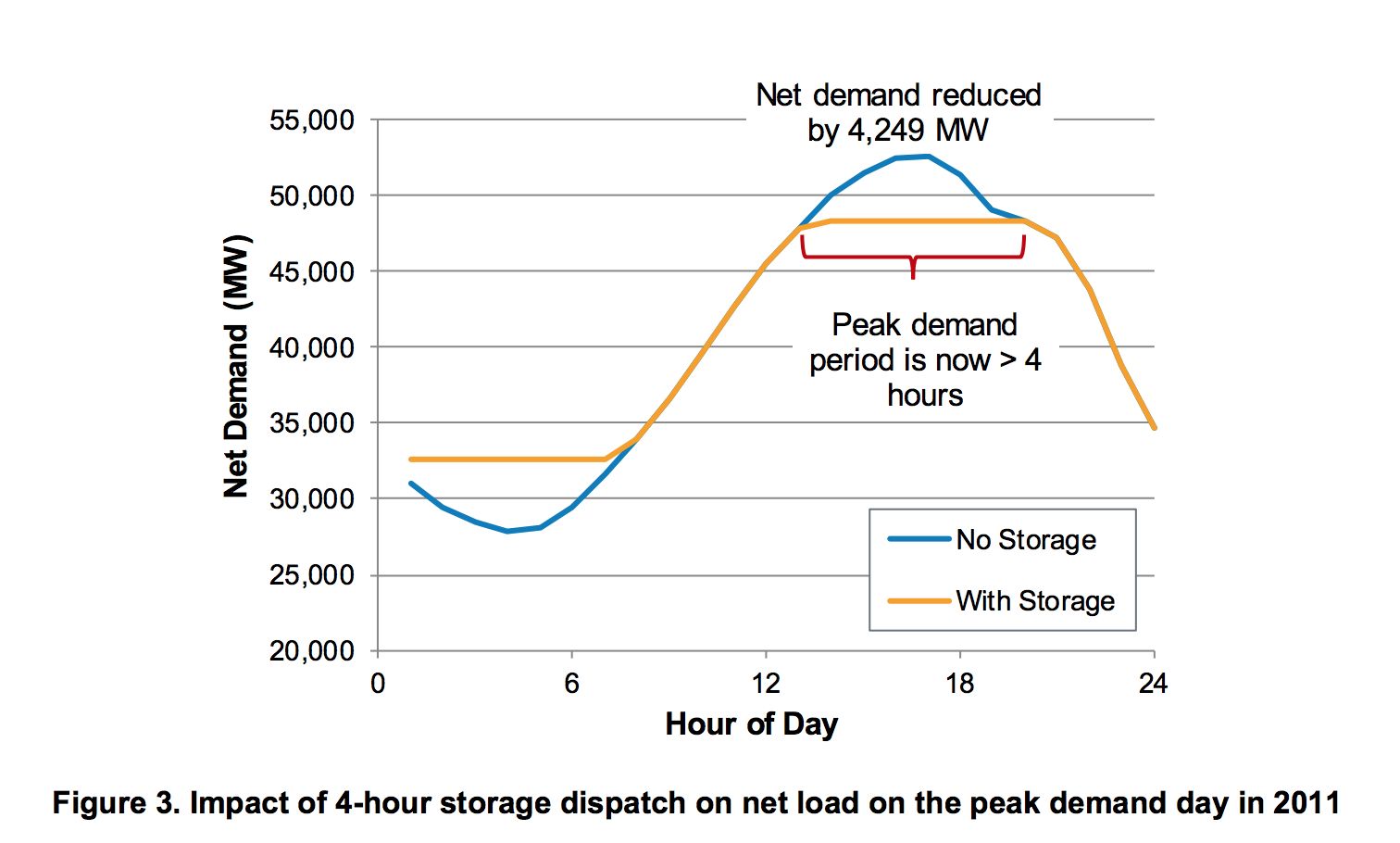The age of storage serving peak power has only just begun, so the size of that market is very much up for debate.
California has already halted a new gas plant in favor of deploying energy storage in its place. Elsewhere, regulators called on PG&E to acquire storage instead of paying to maintain two existing gas peaker plants. An Arizona utility recently procured a solar and battery project specifically to serve capacity for system peak hours.
These are early signs of a dramatic shift in how the grid gets electricity when demand is highest. “The amount of press written on storage as a peaker replacement has grown tremendously over the last several years,” said Paul Denholm, a researcher at the National Renewable Energy Laboratory. “My concern was, this might be exciting, but is there a real market there?”
When a new market appears and draws investment, it comes with the risk of proving shorter-lived than developers hoped. That dynamic played out in the early storage market for frequency regulation in PJM, which has mostly dried up due to oversaturation and rule changes.
Denholm and colleague Robert Margolis decided to test the market potential for storage-as-peakers, using load data and simulated solar PV production from California. Their new study suggests that peak power in California alone constitutes a massive market opportunity, which will continue to grow as solar capacity increases.
First, Denholm and Margolis established a baseline of how much storage could compete for peak capacity without any intermittent renewables to deal with. They modeled 4-hour storage, because that’s the threshold that California rewards with a full resource adequacy credit. As more batteries come online, they incrementally flatten the peak, eventually requiring longer-duration units to meet additional peak demands, as illustrated in the following chart.

Once enough 4-hour storage enters the market for peak capacity, it will flatten the peak to longer than 4 hours, creating a market limit for that kind of asset. (Image credit: NREL)
The conservative cap on that four-hour storage market for 2020 turned out to be around 3,000 megawatts. Storage without solar on the grid is a purely hypothetical scenario. After establishing that baseline, the authors tested the efficacy of storage to meet peaks at differing levels of solar penetration.
At low levels of PV, the market for 4-hour storage actually diminishes compared to the no-solar case, because solar pushes down the net load. Once the state hits 11 percent solar penetration, though, the market for storage surpasses the base case. California has already passed that point, so storage developers needn’t worry about solar diminishing their prospects.
Beyond 11 percent solar penetration, incremental solar makes system peaks pointier, producing the famous "duck curve." Net load decreases during daylight hours, then surges up in the evening as the sun goes down and people get home from work.
That spikiness is good business for 4-hour storage. When California reaches 17 percent solar penetration, as it could by 2020, the market for storage will surge to 7,000 megawatts, the study found.
That kind of capacity greatly exceeds the ancillary services markets that offered a beachhead for early storage developers. By comparison, the market for frequency regulation in the entire U.S. is less than 5,000 megawatts. If California hits 30 percent solar, the study found, it could support nearly 10,000 megawatts of 4-hour storage for peak capacity.

As California deploys more solar capacity, the potential market for 4-hour storage will continue to grow. (Image credit: NREL)
“That’s real money -- that’s billions and billions of dollars of potential market,” Denholm said. “It looks like this shorter-duration storage will be able to fill a sizable fraction of the need for peaking capacity in California.”
California has 20.8 gigawatts of peaking capacity. Based on historical retirement trends, 13 gigawatts of that could shut down based on age in the next 20 years, the researchers estimate. Meanwhile, 11,000 megawatts of capacity must retire by 2029 due to California’s regulation of plants that use once-through cooling. Much of that capacity serves peak power needs as well.
The study’s numbers suggest that 4-hour storage alone may not economically fill the gap of conventional peaker retirements. This requires further exploration, however. In the next decade or two, lithium-ion will become cheap enough for longer durations than are currently feasible. Meanwhile, dozens of companies are racing to commercialize alternative technologies for longer-duration energy storage.
“The opportunities for this relatively short-duration storage are growing, but there’s ultimately a limit,” Denholm said. “If you want to do more, as some decarbonization scenarios require, we probably will need longer-duration storage.”
The study adds depth to the general understanding that storage and solar play well together. It clarifies some of the moving pieces: Solar additions change the shape of the demand curve, as do additional battery plants. An accurate prediction of the future battery capacity market requires untangling those interacting forces.
This account focused on California because it has led in both solar and storage deployment. But the findings should be of interest to other states that are adopting these resources.
A key lesson from California, Denholm said, is the importance of a regulatory framework for analyzing the relative value and life cycle costs of storage compared to conventional alternatives.
“California’s storage mandate really forced utilities to start looking at storage and doing the analysis,” he noted. “Now they know how to weigh the relative merits.”
More states are following suit with robust energy storage policies, including Massachusetts, New York and Arizona.
Denholm also wants to explore more fully how storage provides resource adequacy. If recent trends continue and California starts shutting down gas plants and replacing them with storage, it will have to grapple with how to operate those assets to ensure grid reliability.
“We don’t want a situation where storage isn’t appropriately operated and you run out of energy in the middle of a hot day,” Denholm said. “That’s a nightmare for everybody.”
Unlike a gas plant, batteries can't keep running indefinitely through a heat wave, for instance. To gather reliable data on optimal dispatch for storage systems, though, more of them need to begin operations.




